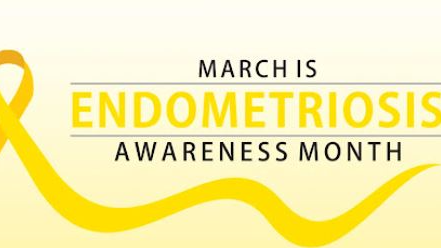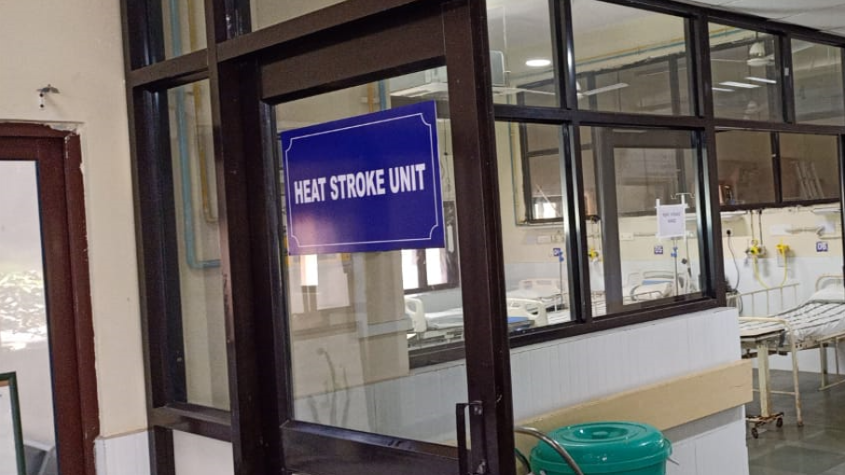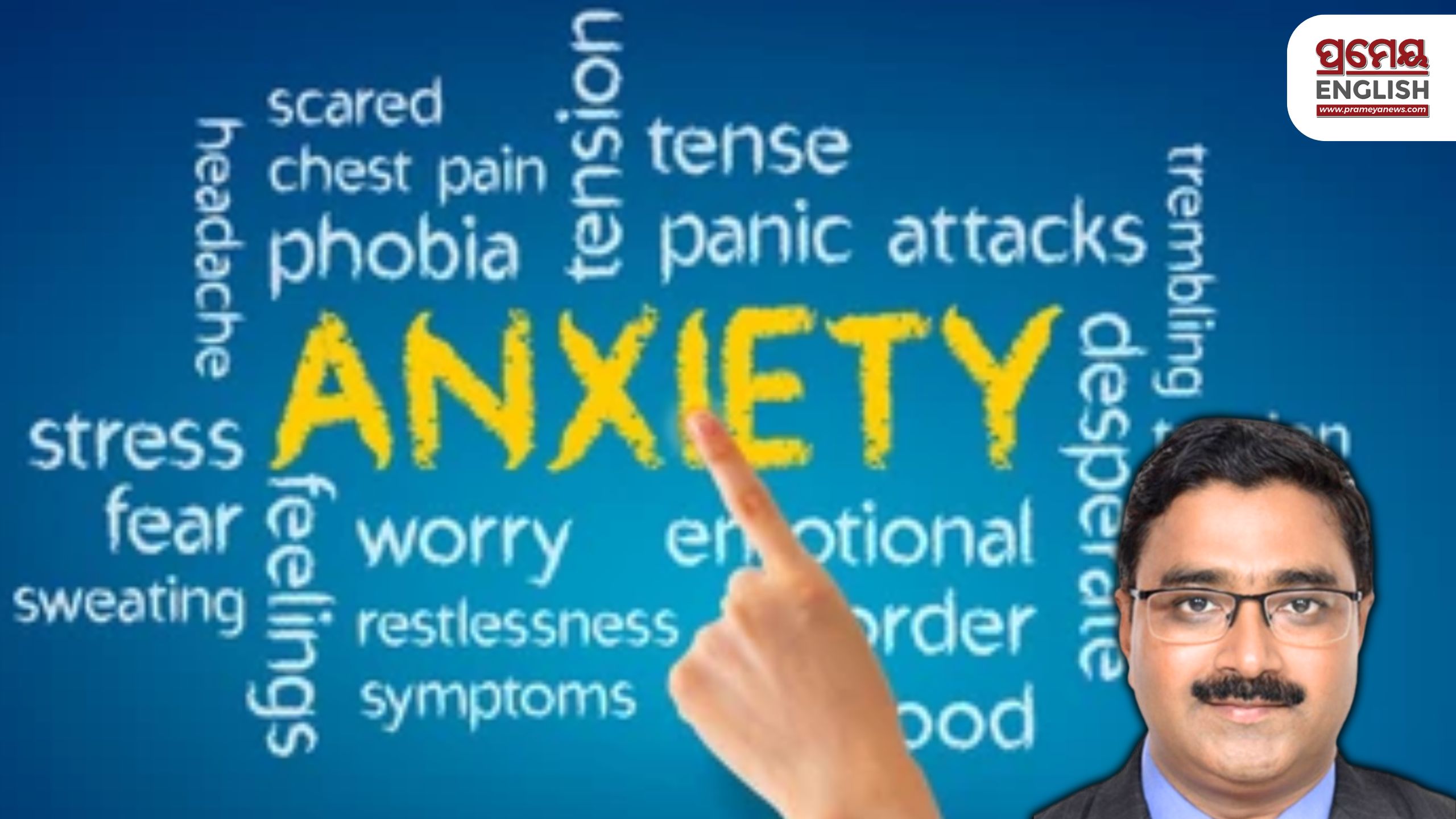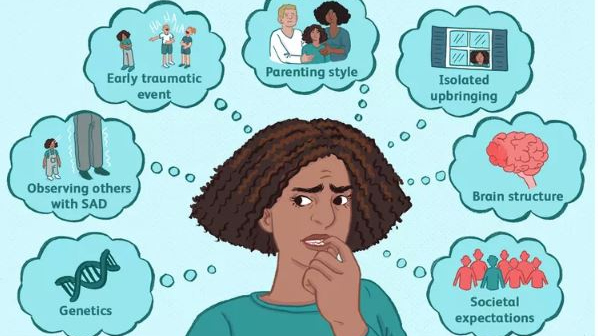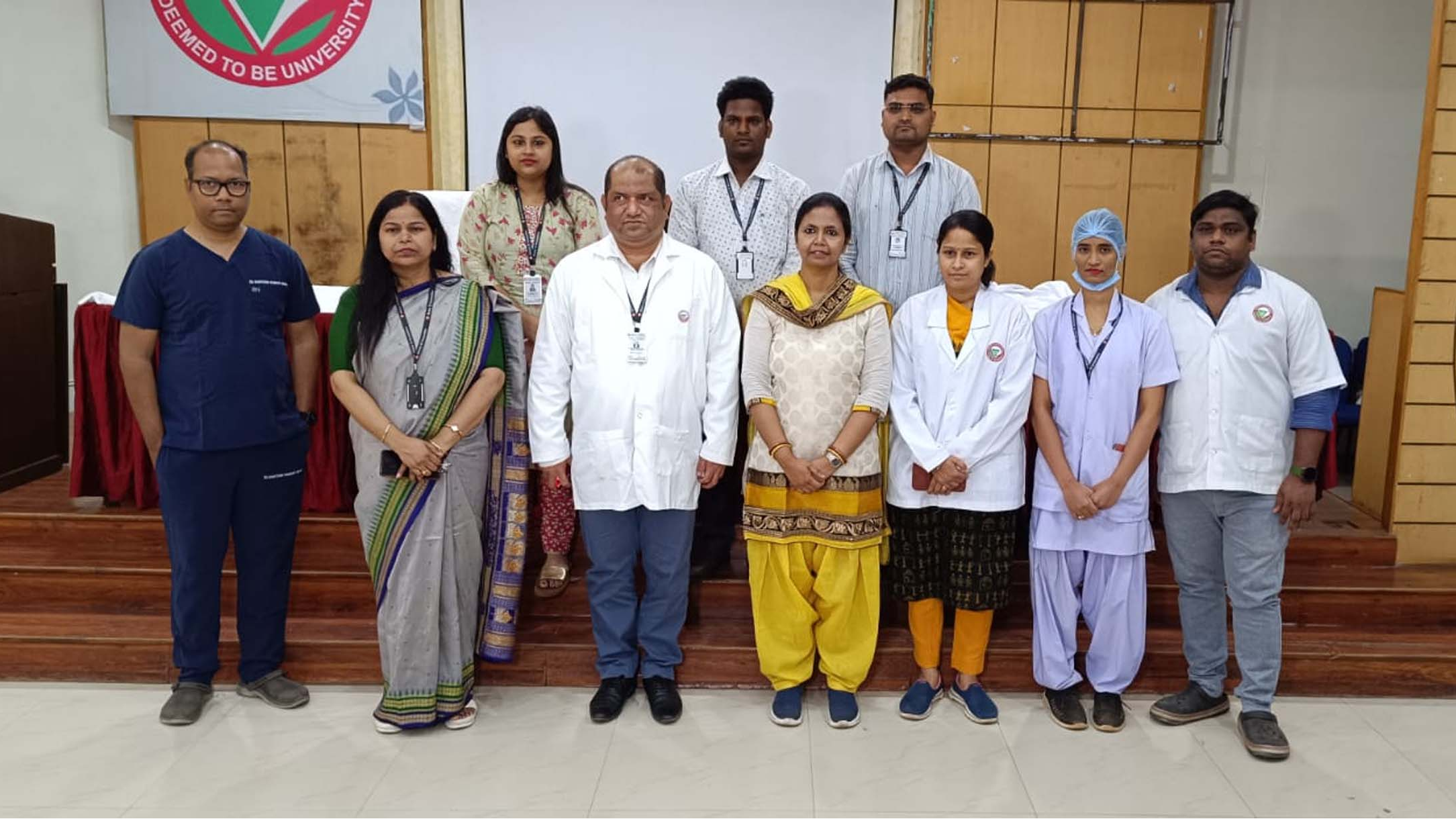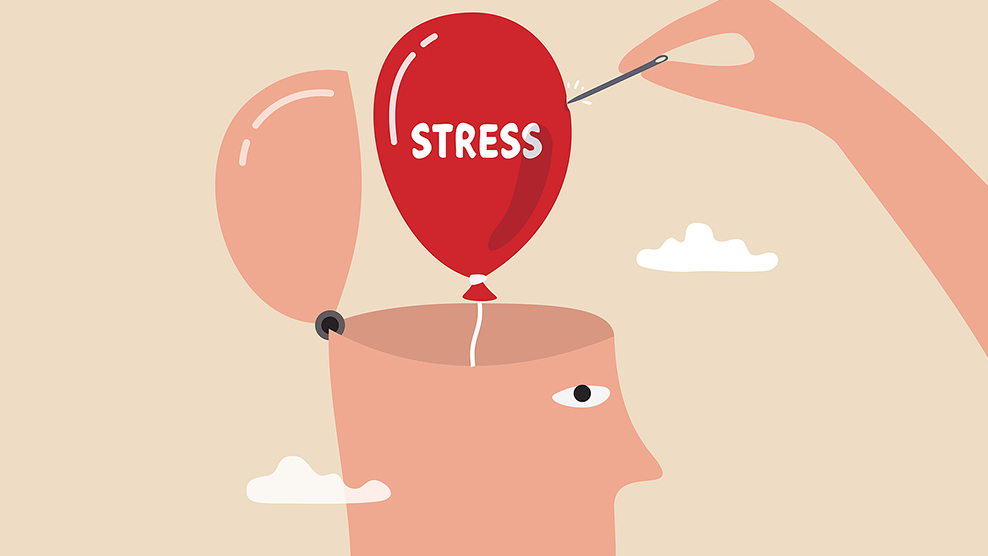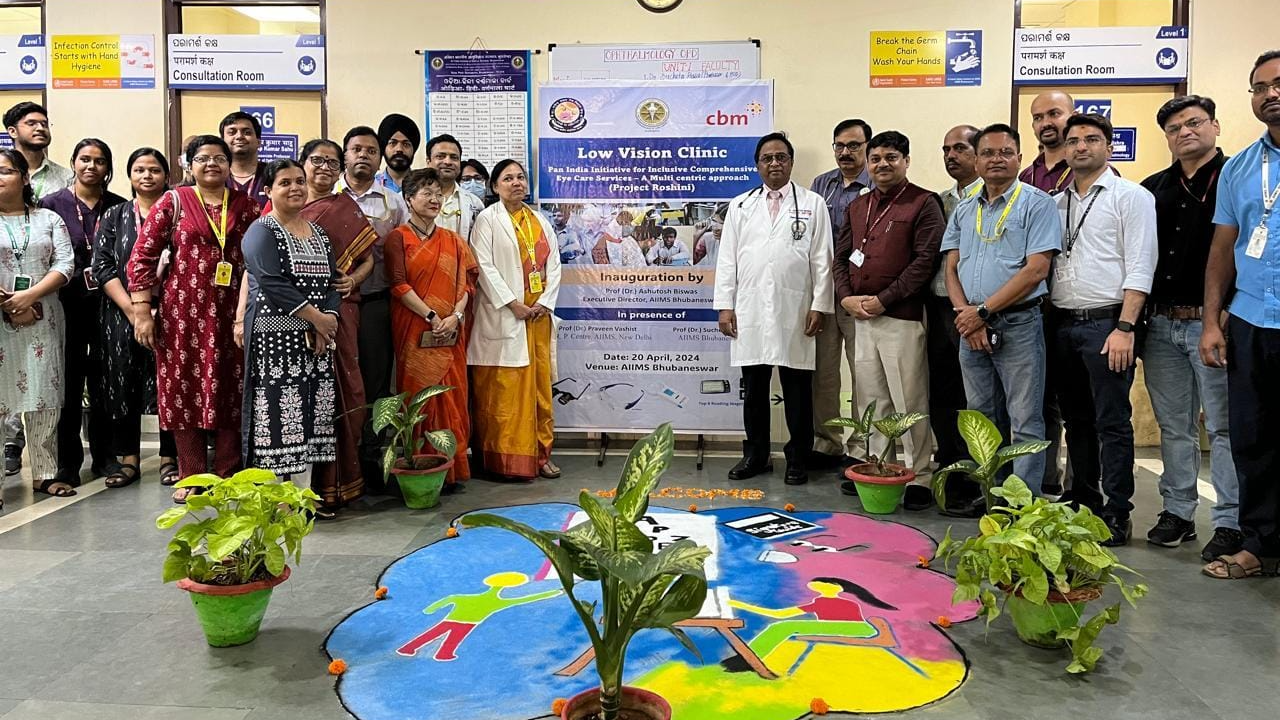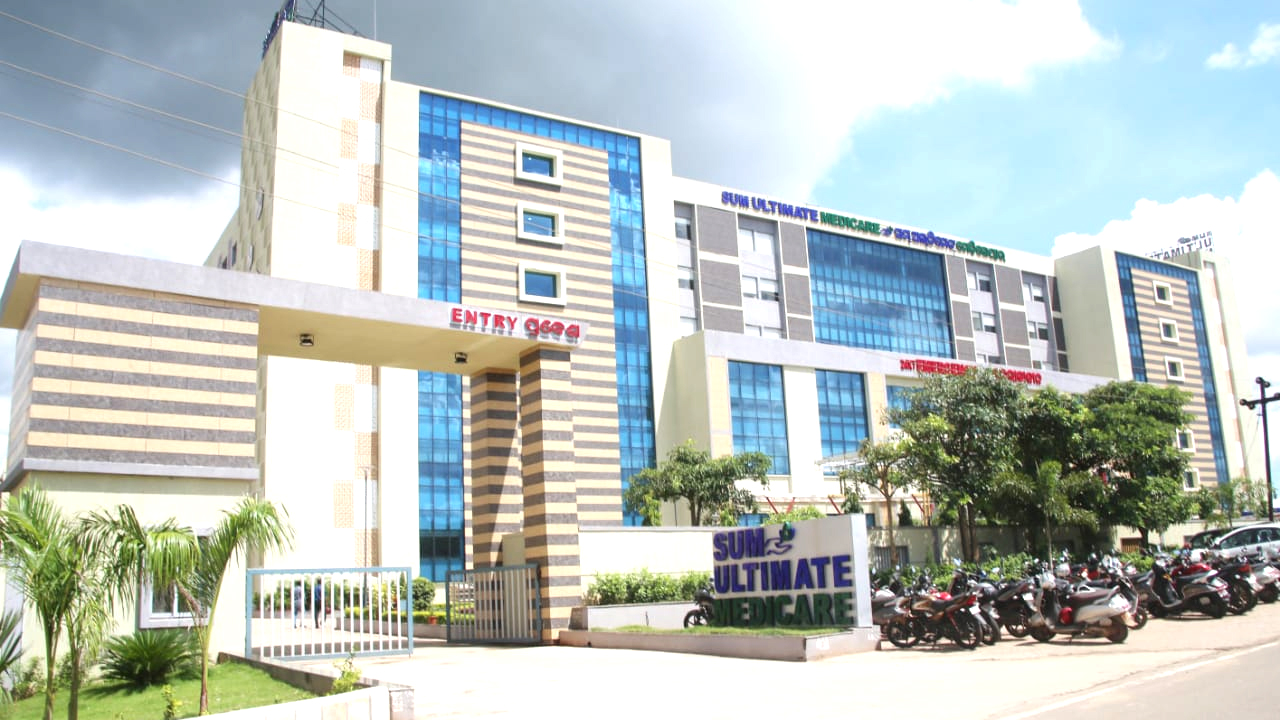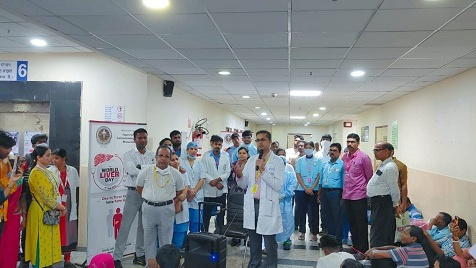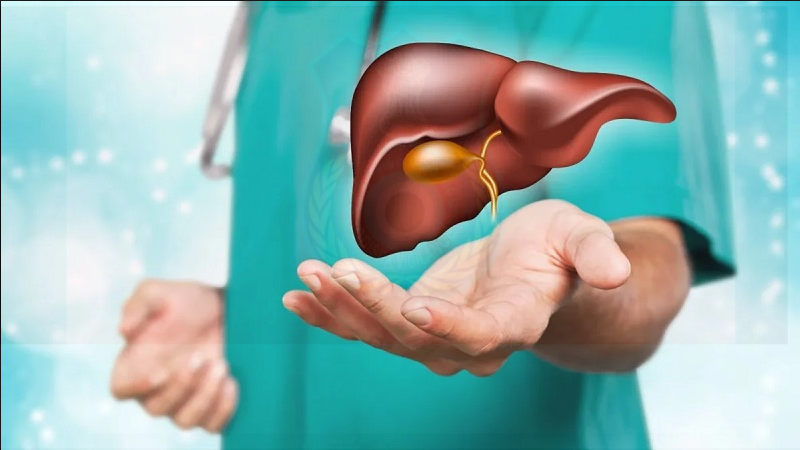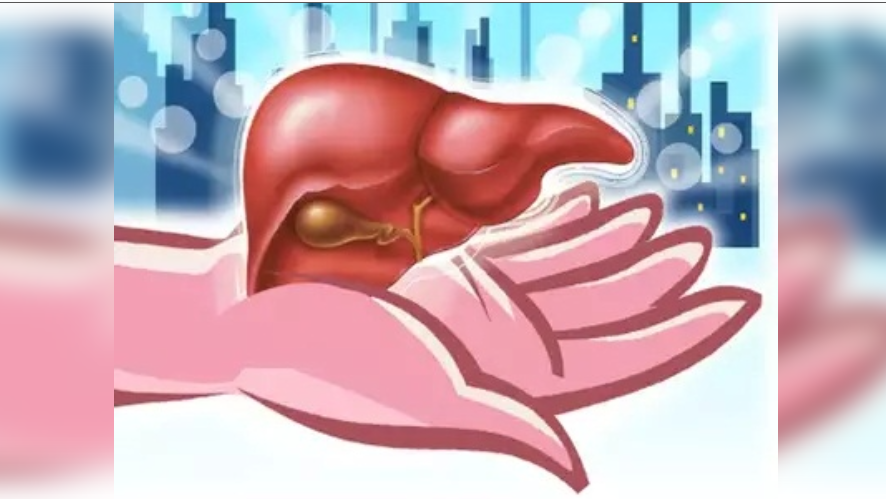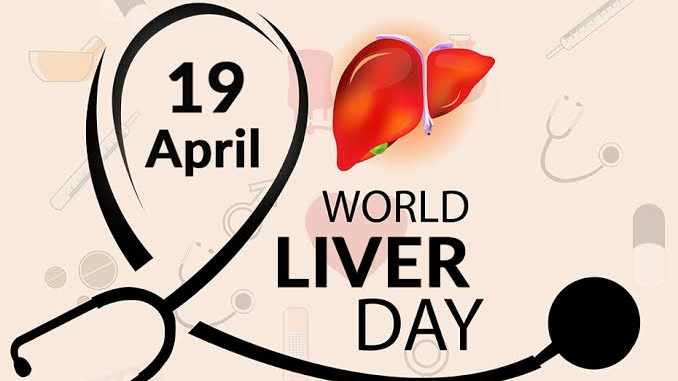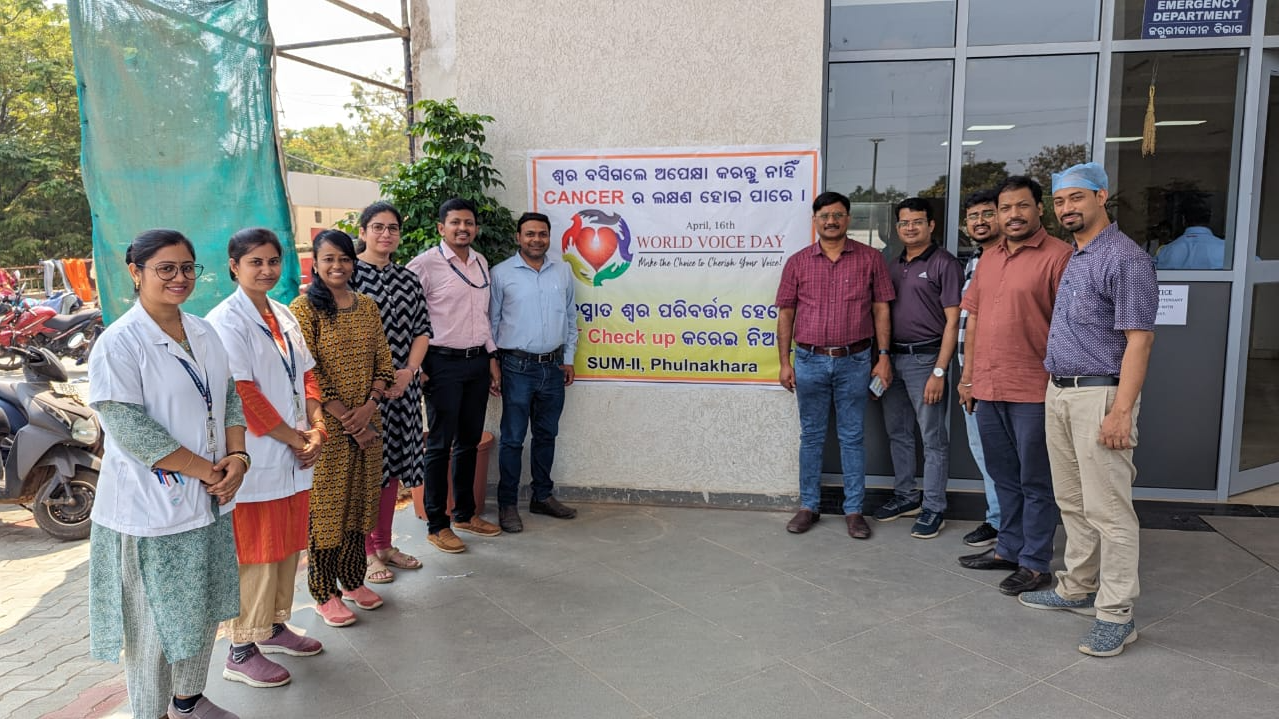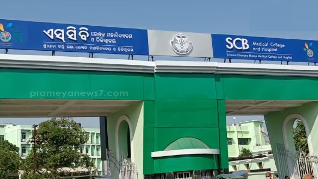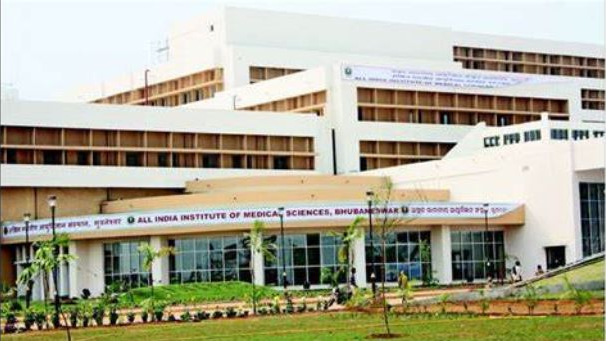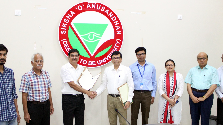March is Endometriosis Awareness Month. Endometriosis, a condition defined by the presence of endometrial-like glands and stroma outside the uterus, affects approximately 6% to 22% of reproductive-age women globally. This equates to around 176 million women worldwide, transcending ethnic and social boundaries. The complexity of endometriosis presents a significant challenge for both patients and physicians, manifesting a variety of symptoms and often going undiagnosed.
Endometriosis: An Enigma
According to Dr Sujata Kar, an Obstetricians & Gynecologist, The disease is characterized by the growth of endometrial cells outside the uterine cavity, primarily in the pelvic area but potentially affecting any organ. These cells, stimulated by hormonal changes, can cause pain, form adhesions, and lead to infertility. Factors like reproductive age, early menarche, and a family history of the disease increase the risk of developing endometriosis.
Risk Factors for Developing Endometriosis:
Risk Factor | Description |
Reproductive Age | Most common in reproductive years |
Early Menarche | Early onset of menstruation |
Prolonged & Frequent Cycles | Longer and more frequent menstrual cycles |
Nullipara | Having never given birth |
Cryptomenorrhoea | Hidden menstrual bleeding |
Family History | Relatives with endometriosis |
The Impact of Endometriosis
Endometriosis significantly affects women's physical, social, and mental well-being, often during their most productive years. It is not a lifestyle disease and impacts women regardless of their background. The condition is associated with reduced productivity and delayed diagnosis, leading to prolonged suffering and healthcare challenges.
Common Symptoms and Treatment Options for Endometriosis:
Symptoms | Treatment Options |
Painful periods | Analgesics, Hormonal therapy |
Pelvic cramps | GnRH analogues, Progestins |
Pain during sexual intercourse | Mirena, Surgery |
Pain with bowel movements | Laparoscopic Surgery |
Pelvic or low back pain | OCPs (Oral Contraceptive Pills) |
Persistent pelvic pain | Conservative surgical treatments |
Diagnosis
The diagnosis of endometriosis often involves laparoscopy and histological examination, as symptoms do not always correlate with the disease's stage. Pain is the primary symptom, varying in intensity and manifestation, including during menstruation, intercourse, and bowel movements.
Treatment Options
Treatment strategies for endometriosis include both medical and surgical interventions, such as analgesics, hormone therapy, and various surgical approaches. The choice of treatment depends on the individual's symptoms and disease severity.
Coping with Endometriosis
Living with endometriosis requires understanding the disease and managing chronic pain and other symptoms. Effective coping strategies include finding a knowledgeable and compassionate physician, effective communication with healthcare providers, and managing treatment side effects through lifestyle adjustments and supportive therapies.
In summary, endometriosis is a challenging condition that requires a comprehensive approach to diagnosis, treatment, and coping strategies. Awareness and understanding among patients, healthcare providers, and society are crucial for improving the lives of those affected by this enigmatic disease.








